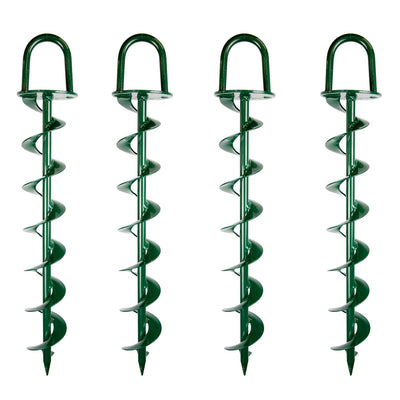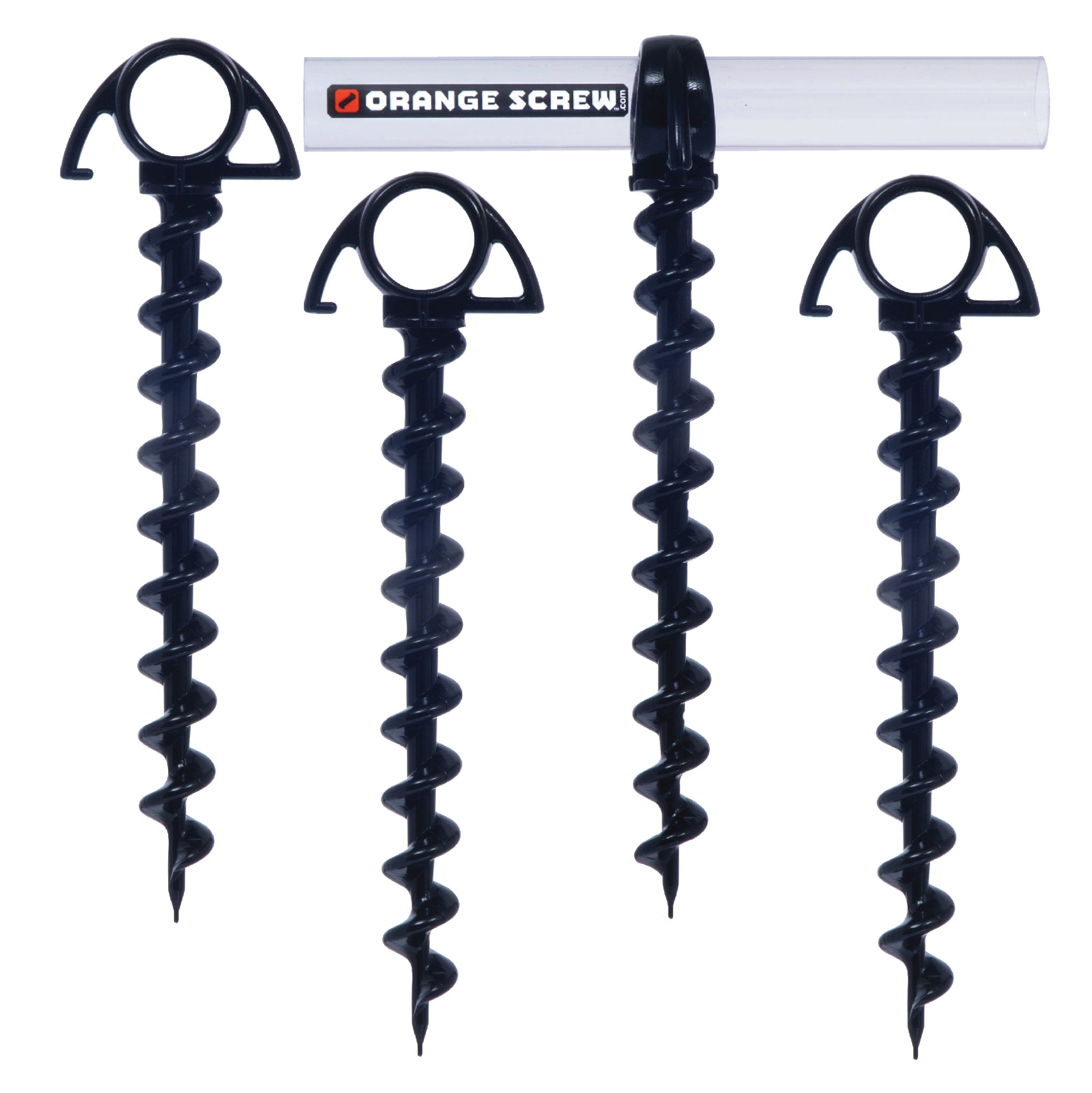The Best Ways to Install a Ground Anchor for Optimal Performance
The Best Ways to Install a Ground Anchor for Optimal Performance
Blog Article
Understand Why Ground Support Is Very Important for Safety And Security and Durability
Ground anchors are an important part in building, supplying vital support and security for different frameworks. Recognizing the different types and applications of ground supports can illuminate their indispensable function in making certain safety and durability.
Function of Ground Supports in Building And Construction
Ground supports play a critical duty in construction by providing crucial assistance and security to frameworks. These devices are made to transfer loads from a structure to the ground, guaranteeing that buildings and other facilities stay safe and secure under numerous problems. Ground supports are particularly important in scenarios where soil problems are unsteady or where there is a risk of side movement, such as on slopes or near bodies of water.
The setup of ground anchors entails drilling right into the planet to reach secure soil or bedrock, where the supports can be firmly anchored. This procedure not only enhances the architectural honesty of a project yet additionally reduces the dangers connected with soil erosion and changing. In addition, ground supports can be employed in temporary frameworks, such as construction sites, where they provide essential stablizing during the building procedure.
Ground supports likewise add to the long life and longevity of structures by reducing the probability of settlement and failure. Ground Anchor. By successfully dispersing and taking care of loads, these necessary elements are crucial in preserving safety standards and ensuring the reliability of numerous building tasks. Overall, the significance of ground anchors in building can not be overstated, as they are important to effective design methods
Kinds Of Ground Anchors


While various kinds of ground anchors exist, each serves certain applications and problems within building and construction tasks. The most common types include mechanical supports, grouted anchors, and driven supports.
Mechanical supports, such as growth anchors, make use of a mechanical action to protect the anchor within the substratum - Ground Anchor. These are often used in lightweight applications, like securing fixtures to masonry or concrete
Grouted anchors, on the various other hand, include drilling a hole, placing a steel pole or cable, and after that filling the annular area with cement. This technique is suitable for high-load scenarios, providing improved security and resistance to vibrant pressures typically discovered in heavy building and construction.
Driven supports are normally set up by driving a steel rod or pipe right into the ground, making them suitable for short-lived applications such as securing scaffolding or formwork. They are fast to install and can be eliminated conveniently when no more needed.
Various other specialized anchoring systems consist of helical supports, which are screw-like tools used in various dirt problems, and deadman anchors, which count on the weight of a buried challenge supply security. Each sort of ground anchor is made to fulfill certain engineering needs, making sure safety and security and structural integrity.
Benefits of Using Ground Supports
The benefits of using ground supports in building tasks are significant, boosting both security and structural efficiency. Ground anchors provide vital resistance against side pressures, such as dirt activity, wind lots, and seismic activity. This resistance aids maintain the security of structures, protecting against prospective failings that can result in dangerous circumstances or site here costly fixings.
Moreover, ground anchors facilitate the reliable transfer of tons from structures to the surrounding soil, ensuring a well balanced distribution of weight. This tons transfer reduces the risk of changing or working out, which can endanger the integrity of a structure with time. By using ground supports, engineers can also create more effective layouts, as they allow for slimmer structural components while maintaining safety and security criteria.
In addition, ground supports are versatile and versatile to numerous soil conditions and project demands. Their installation can typically be finished rapidly and with marginal disturbance to the surrounding atmosphere, making them a reliable selection for numerous building and construction applications. Ultimately, using ground supports boosts not just the longevity of frameworks but also adds to a much safer working environment for building and construction personnel and future occupants.
Usual Applications and Uses
Many building jobs utilize ground anchors for their performance in improving stability and safety. These functional elements are commonly employed in various applications across the building and construction and civil design industries. One common application remains in keeping wall surfaces, where ground supports provide the required support to prevent soil motion and preserve architectural honesty.
In addition, ground supports are important in securing momentary structures, such as scaffolding and shoring systems, guaranteeing they remain secure during building tasks. In the world of foundation support, they are utilized to reinforce existing frameworks, specifically in locations prone to ground settlement or changing dirt conditions.
Ground anchors additionally locate extensive usage in slope stablizing jobs, where they assist alleviate landslide risks by anchoring the soil to stable rock developments. An additional significant application remains in the setup of wind turbines, where they protect the base versus lateral forces produced by wind, ensuring functional safety and long life.
In addition, ground supports are employed in tunneling click this projects to maintain the bordering ground during excavation. Their varied applications underline the important duty ground supports play in preserving security and resilience in different construction circumstances.
Setup Best Practices
Effective application of ground supports in various construction tasks hinges on efficient installment methods. Proper setup is important to guarantee the supports satisfy their intended purpose and maintain architectural honesty over time. Secret ideal practices consist of complete site assessment, which entails evaluating dirt problems, load demands, and environmental elements that may influence anchor performance.
Prior to installation, it is vital to pick the ideal sort of ground support based upon the specific application and soil qualities. Using premium products and sticking to supplier specs will certainly boost the anchor's durability and performance. During installment, guarantee that the anchor is positioned at the correct angle and deepness, as these variables dramatically influence load-bearing capacity.
Moreover, making use of correct tools and methods is vital, including drilling or driving techniques customized to the site conditions. After installment, conducting load screening can verify the anchor's performance and recognize any type of prospective concerns early. Normal evaluations are likewise advised to check the condition of this page the anchors and surrounding dirt. By following these installment ideal techniques, designers and contractors can enhance the security and long life of structures reliant on ground supports.

Conclusion
In recap, ground supports are crucial components in building, significantly boosting safety and sturdiness. The varied kinds and advantages of ground supports, paired with their varied applications, emphasize their value in both momentary and long-term structures.
The installation of ground anchors involves exploration into the earth to reach steady soil or bedrock, where the anchors can be firmly secured.The advantages of utilizing ground supports in construction projects are significant, improving both safety and security and structural efficiency.Many construction projects take advantage of ground anchors for their efficiency in enhancing stability and security.Effective application of ground anchors in various building and construction projects pivots on effective setup techniques.In summary, ground anchors are crucial parts in building and construction, considerably enhancing safety and security and resilience.
Report this page